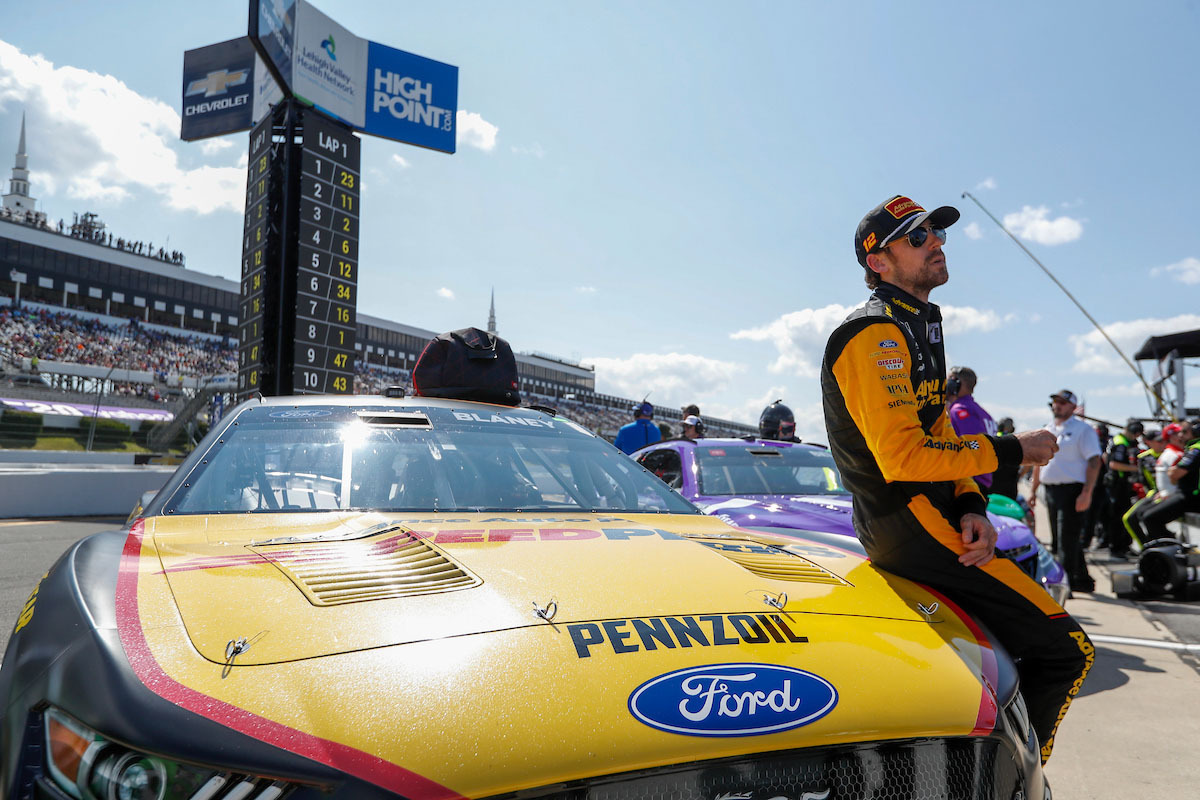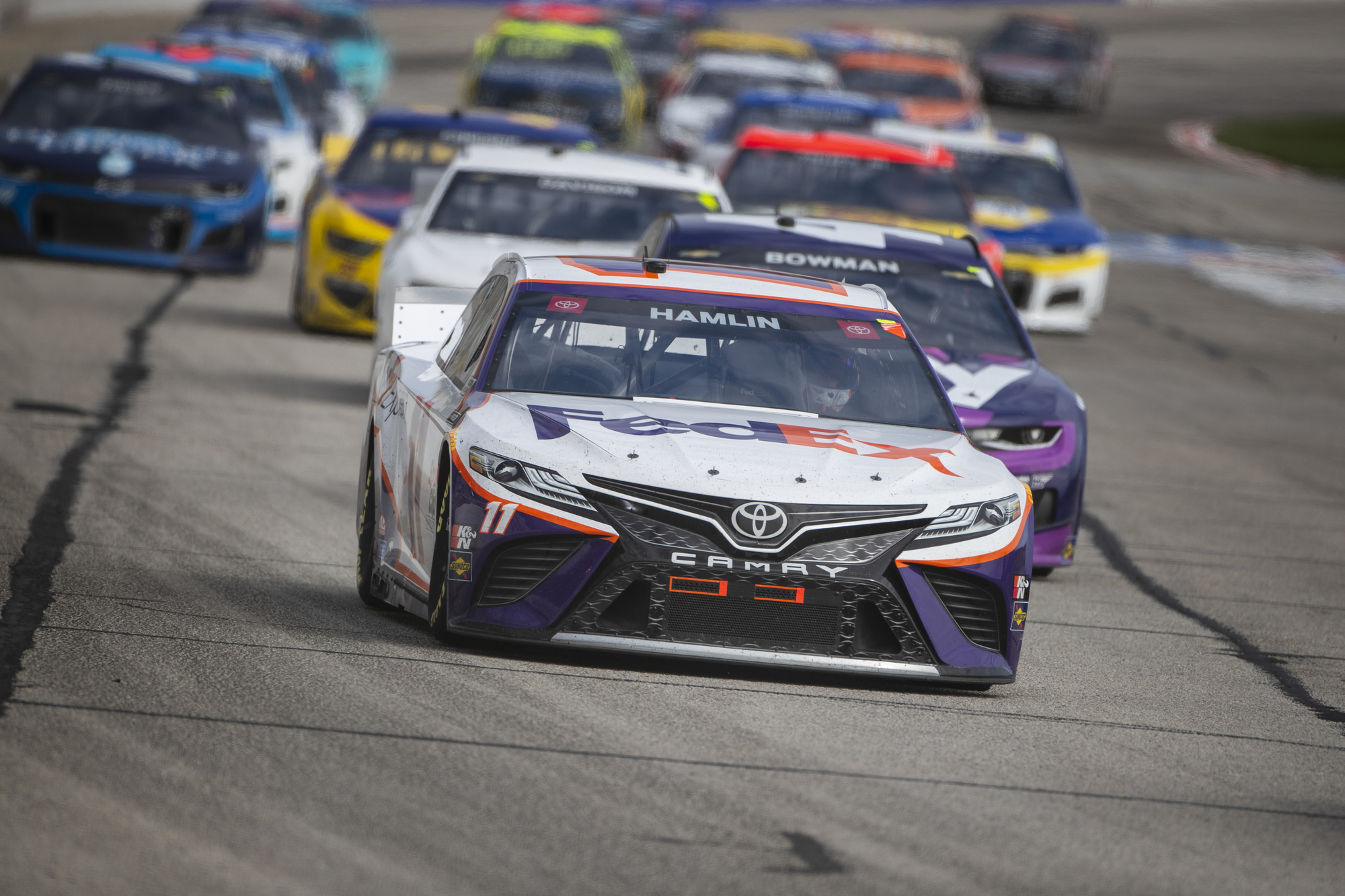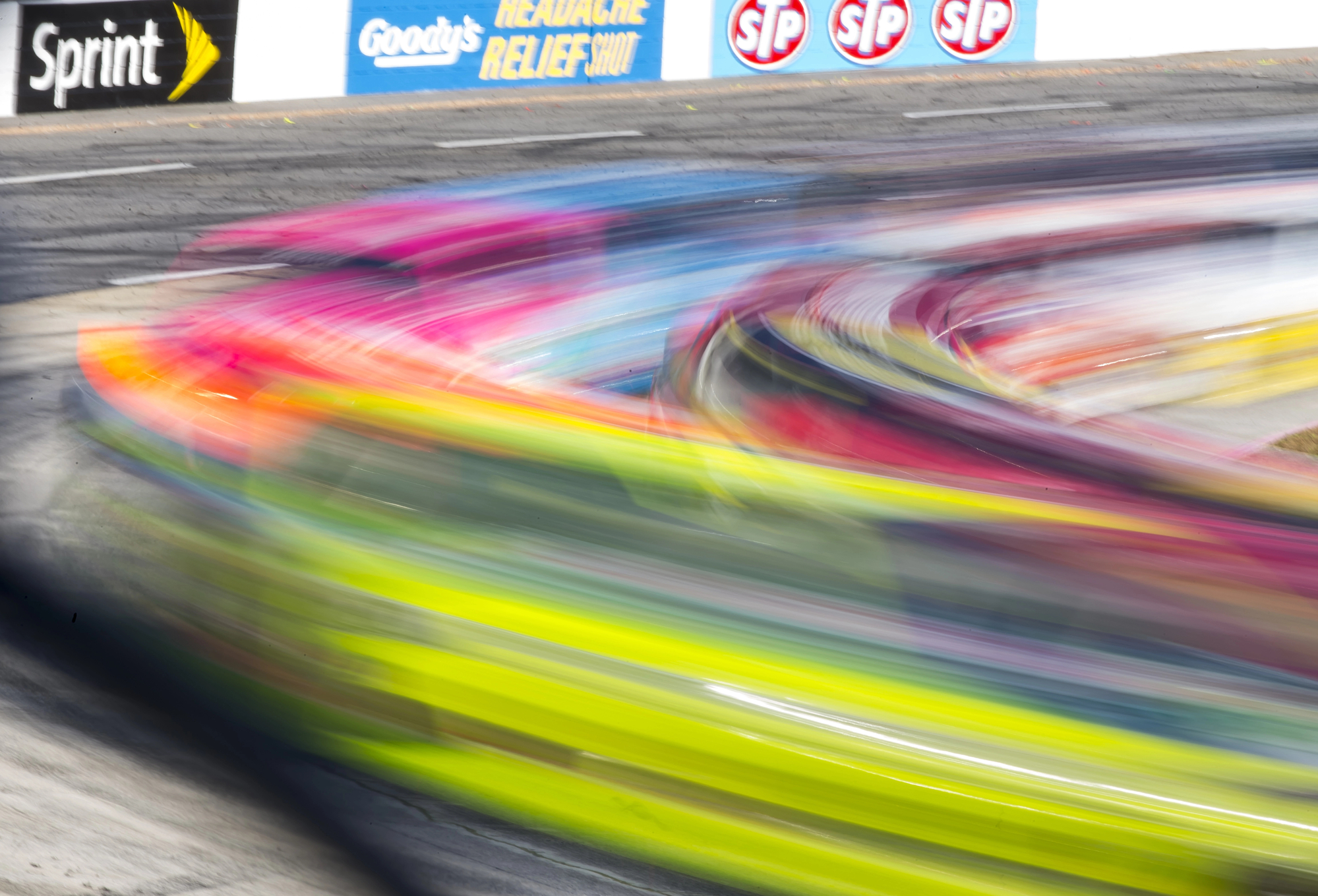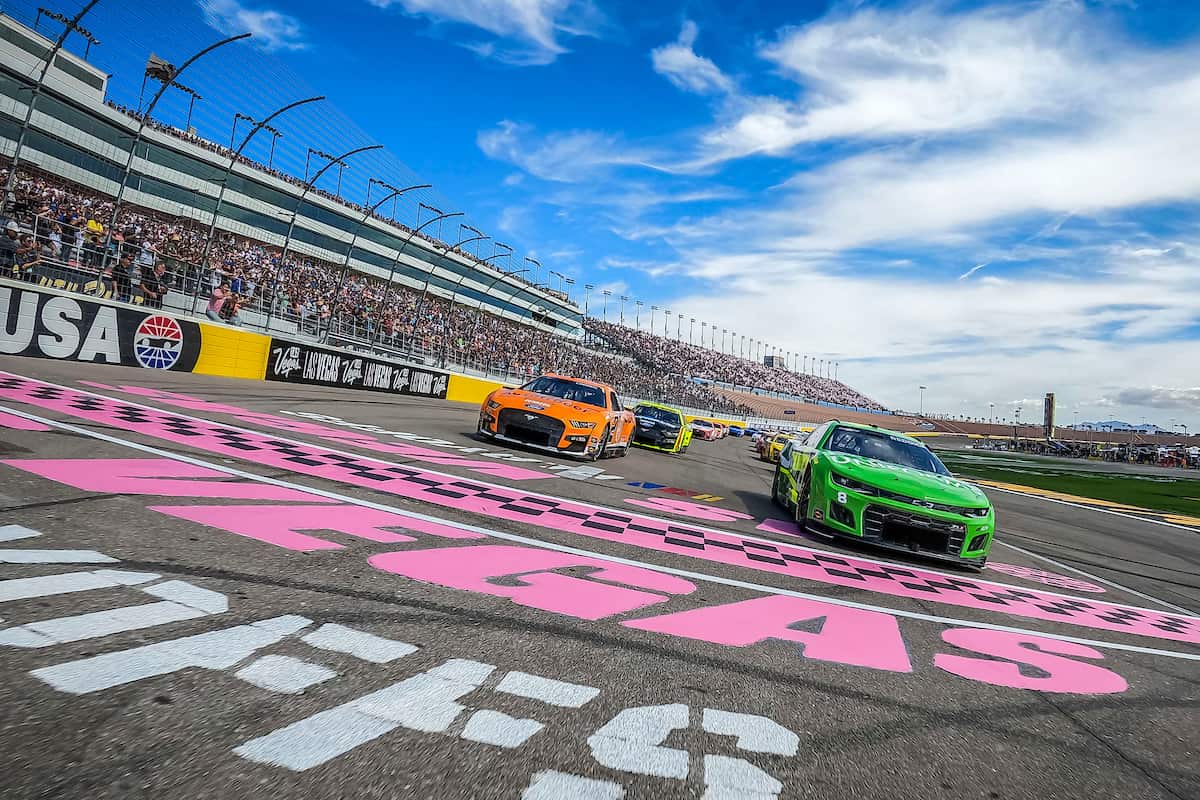What was NASCAR before it was called NASCAR?
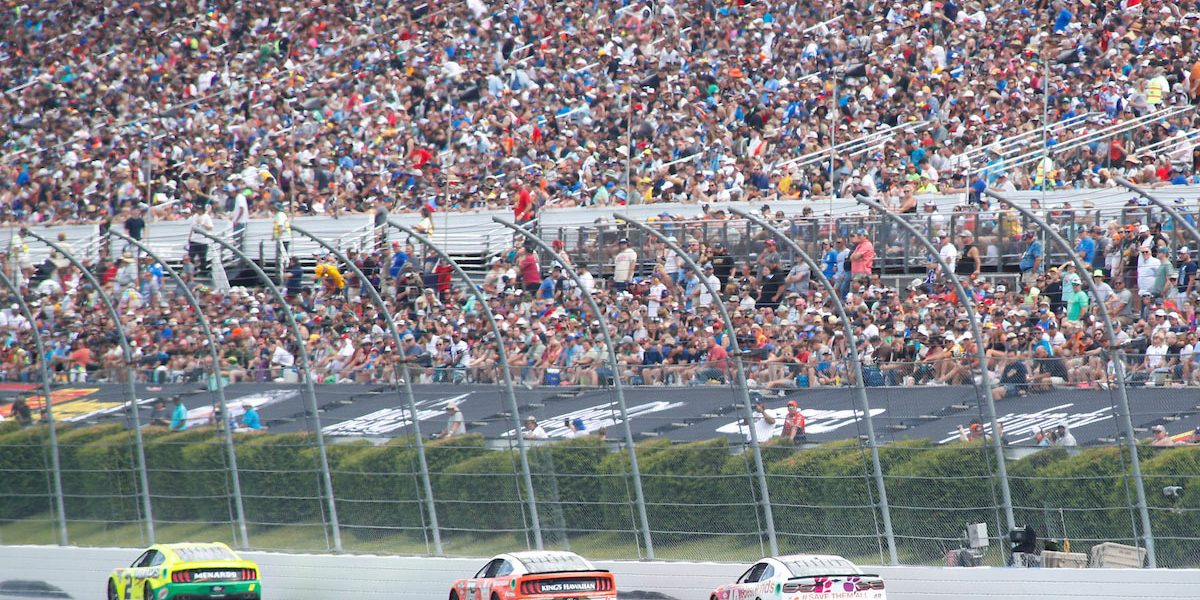
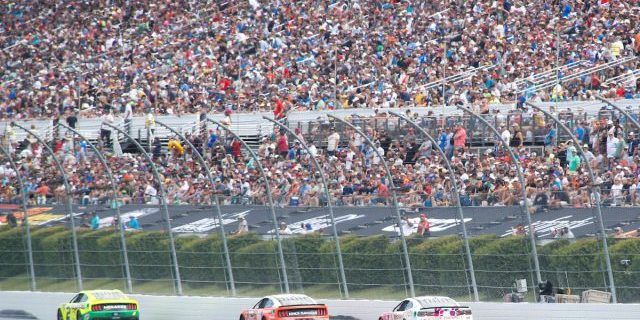
You’re a fan of high speeds, roaring engines, and the thrilling atmosphere of NASCAR races. However, have you ever wondered about the origins of your beloved motorsport? Specifically, you might ask, “What was NASCAR before it was actually known as NASCAR?”
Before it was called NASCAR, the concept of stock car racing had its roots in the Prohibition era. Moonshine runners modified their cars to outrun the law, eventually leading to organized races. The National Association for Stock Car Auto Racing (NASCAR) itself was officially formed on February 21, 1948, by Bill France Sr.
In this article, we’re going to explore the colorful and intriguing history leading up to the formation of NASCAR. From the daring moonshine runners to the birth of organized stock car racing, we’ll delve into the era before NASCAR was officially named. We’ll shed light on the key figures, exciting events, and the transformation of these illicit races into a mainstream sporting phenomenon. Hold on tight; we’re just about to start our engines!
Table of Contents
A Detailed Explanation of the Pre-NASCAR Era
To truly understand the history of NASCAR, we must first venture back to the prohibition era. During the 1920s and early 1930s, the production, sale, and transportation of alcoholic beverages were illegal in the United States. This, however, didn’t stop resourceful individuals from producing and selling moonshine, a homemade alcoholic beverage. They used fast, modified cars to transport their illegal brews, and this laid the foundation for what would later become NASCAR.
The Role of Moonshine Runners
Moonshine runners were the unsung heroes of early stock car racing. They modified their vehicles, mainly Ford V-8s, to outrun the police and federal agents, enhancing speed and handling while maintaining the car’s ordinary appearance. This culture created a pool of skilled drivers accustomed to high-speed driving on twisting, turning country roads, often at night and always under pressure.
Birth of Organized Races
With their souped-up cars and adrenaline-fueled driving skills, moonshine runners naturally progressed to racing one another. These informal and unsanctioned races became popular pastimes in the rural South. Fans thronged to watch drivers—who would later become the first generation of NASCAR legends—like Junior Johnson, compete.
The Emergence of Bill France Sr.
In the midst of these unorganized races, a man named Bill France Sr. saw potential. France, a mechanic and driver himself, recognized that stock car racing needed organization and standardization to grow into a nationally recognized sport. He organized meetings with drivers, mechanics, and car owners, eventually forming the National Association for Stock Car Auto Racing (NASCAR) in 1948.
Here’s everything else you need to know about the transformation of stock car racing into NASCAR as we know it today. We’ll delve into the key moments of this transition and how NASCAR came to be the household name it is now.
Establishing NASCAR’s First Rules
After NASCAR was officially formed, the first order of business was to create a standardized set of rules for the sport. Bill France Sr. understood that in order to appeal to a wider audience, the races needed to be regulated, safe, and fair. He initiated rules regarding car specifications, safety requirements, and race procedures. These rules brought order and legitimacy to the sport, allowing it to expand beyond its moonshining roots.
NASCAR’s First Race
NASCAR’s first officially sanctioned race took place on the sands of Daytona Beach, Florida, in 1948. This race was markedly different from the impromptu contests of the moonshine era. With formal rules and regulations, competitors and fans alike saw NASCAR as a true sporting event. This race marked the beginning of NASCAR’s transition into a national pastime.
The Formation of NASCAR’s National Series
In the early years, NASCAR comprised several different series, including Modified, Roadster, and Sportsman. The need for a premier national championship led to the formation of the Strictly Stock Series in 1949, which would eventually become today’s NASCAR Cup Series. This step took NASCAR from a regional spectacle to a national championship, garnering attention from sponsors and larger audiences.
Building the Speedway Legacy
The final key component in NASCAR’s development was the building of dedicated race tracks. Early races took place on dirt or sand tracks, but by the 1950s, Bill France Sr. realized the potential of creating permanent, large-capacity speedways. The first of these was the Darlington Raceway, opened in 1950. The most significant, however, was the Daytona International Speedway. Completed in 1959, this track set the standard for future NASCAR speedways and remains a cornerstone of the sport today.
In the next section, we will continue exploring NASCAR’s growth and the formation of its most iconic races and traditions.
The Evolution of NASCAR’s Iconic Races
As NASCAR continued to grow, it started establishing races that would become iconic in motorsports. The Southern 500 at Darlington became one of the “crown jewels” of the NASCAR calendar, alongside the Daytona 500, Brickyard 400, and Coca-Cola 600. These races grew in prestige and became the most anticipated events in the sport, drawing crowds from around the country.
The Daytona 500
The Daytona 500, in particular, became synonymous with NASCAR. Bill France Sr.’s vision of a 500-mile race on a high-speed, 2.5-mile track became a reality in 1959 with the opening of Daytona International Speedway. The inaugural race was a huge success, and it continues to be one of the most-watched events in motorsports.
Modernization of NASCAR
The 1970s and 80s saw further modernization of NASCAR, with more rules being implemented to enhance safety and competitiveness. The introduction of restrictor plates in 1987, for example, was a significant change in response to escalating speeds. Over the years, NASCAR’s rules and regulations have continued to evolve in response to advancements in technology and safety research.
NASCAR’s Growth into Mainstream Popularity
In the 1970s, NASCAR began to break into mainstream popularity. The 1979 Daytona 500 was the first 500-mile race to be televised in its entirety, exposing the sport to millions of new fans. Over the following decades, NASCAR would continue to expand its fan base, gaining a strong national following and eventually reaching international audiences.
In the following section, we will wrap up with some final thoughts on the evolution of NASCAR and its journey from an outlaw pastime to a recognized motorsport.
Origins of stock car racing
Stock car racing has deep roots, going back to the 1900s. It started with moonshiners during the Prohibition Era, who souped-up their cars to outrun the law. Reinforcing their cars for extra speed, durability, and maneuverability, they gave birth to stock car racing in the South.
The term ‘stock car‘ refers to vehicles that haven’t been heavily modified from factory specs. Races were held on dirt tracks or paved ovals, testing drivers’ skills as they navigated tight curves and high-speed straights. These races gained traction in the 1930s.
What made these early races unique was the use of pit crews, made up of friends and family, who offered mechanical support with no standard tools or equipment. To make stock car racing safer, organizations like AAA and NASCAR took over, enforcing rules and providing better track facilities.
Early years of stock car racing
To understand the early years of stock car racing with bootleggers and moonshiners, and the spread of organized races, you need to look back in time. This section will brief you on the history of how stock car races came into being and the different approaches taken by the early racers. Let’s explore the sub-sections in detail.
Bootleggers and Moonshiners
In the early days of stock car racing, bootleggers and moonshiners were often involved. They used to break the law by making and selling alcohol during Prohibition in America. Many modified their cars so they could escape from police chases, loaded with illegal booze.
After Prohibition ended, these same racers still wanted to tinker with cars. Moonshine Runners like Junior Johnson, Tim and Fonty Flock, and Lee Petty were early professionals in stock car racing. They invented modification techniques. This allowed them to drive faster than mainstream car makers ever thought possible. For instance, they put steering wheels from aeroplanes on their cars for extra power when turning corners at high speeds.
These illegal activities gave rise to motorsport events such as NASCAR. Sources say that “NASCAR began when William France Sr. organized a meeting in December 1947 at Daytona Beach hotel with drivers and owners of various car racers.” Stock car racing grew rapidly.
The spread of organized races
The dawn of professional racing events was a landmark moment for the early days of stock car racing. Drivers and audiences came together, creating a competitive and thrilling setting. This newfound interest in the races spread far and wide, leading to the use of new technologies and automotive advances. From local dirt tracks to national arenas, organized stock car racing blazed a trail to a new era of entertainment.
Individual racers were essential in crafting the sport’s identity. Heroes emerged from anonymity, being celebrated for their daredevil stunts. Fans developed deep loyalty to their racing favorites, forming a strong bond of community and friendship amongst aficionados. Plus, between drivers, rivalries and grudges stirred up the excitement even more, sparking conversations and newspaper gossip.
Without a doubt, the rise of organized races shifted stock car racing from a small-town pastime to a nationally renowned spectacle. TV broadcasts and media coverage had Americans hooked on this fast-paced show that tested the limits of machines and drivers. Later developments certainly altered the sport significantly, but the impact of early organizers cannot be underestimated.
Don’t miss out on this compelling chapter in American sports history. Step back in time and savor the thrilling atmosphere and intense competition that characterized those early years of stock car racing. Dive into historical accounts and hear real-life stories from people who were there. So what are you waiting for? Let’s embark on a journey you won’t soon forget!
The incorporation of NASCAR
See the table below for key moments in the setting up of NASCAR:
| Year | Event |
|---|---|
| 1947 | Bill France Sr. held a meeting at the Streamline Hotel, Daytona Beach |
| 1948 | Charlotte Speedway had the first Race -Strictly Stock Series- with over 20 cars driving |
| 1949 | NASCAR was established |
| 1950s | Going beyond Carolina borders |
Remember, the start of NASCAR began with a meeting at the Streamline Hotel in Daytona Beach, organized by Bill France Sr. in 1947. The following year, the Strictly Stock Series with more than twenty cars took place at Charlotte Speedway. This race’s success and popularity was the foundation for founding NASCAR in 1949.
It’s significant to note that NASCAR’s reach extended beyond Carolina’s boundaries in the late 1950s.
Early years of NASCAR
To understand the early years of NASCAR with the first Daytona 500 and the rise in popularity, you want to dive deeper into the history of this beloved racing institution. These sub-sections will enlighten you on the renowned Daytona race and the explosive growth of NASCAR in its early years.
The first Daytona 500
In 1959, NASCAR created its most prestigious event – the Daytona 500 – to commemorate the inaugural race at Daytona International Speedway. The first “Great American Race” saw an intense competition between Lee Petty and Johnny Beauchamp, with a photo finish that took three days to decide.
The race became an annual tradition, and 41,000 spectators watched as Junior Johnson won the 1960 Daytona 500 in a Chevrolet. This marked the beginning of Chevrolet’s dominance in the Daytona 500 for decades.
The Speedway underwent improvements and expansions to accommodate more fans and provide better experiences. Richard Petty and Dale Earnhardt Jr. made their marks in this sport’s history by claiming numerous titles.
Before CBS broadcasted it nationally, the Daytona 500 generated little media coverage.
Rise in popularity
NASCAR’s early years saw a massive surge in popularity. Auto-enthusiasts were drawn to the speed, danger and competitive spirit of the races. Fans were thrilled by intense rivalries between drivers, the high stakes of each race and the drama on track.
Broadcasts brought races into homes across the US and introduced new fans to the sport. Brands recognized the value of sponsoring such a high-octane spectacle.
Uniquely, NASCAR emphasized accessibility. Drivers mingled with fans before and after races, creating a connection between competitors and spectators. Many tracks were located in small towns or rural areas, locals proud to host events from visitors all over.
Today, NASCAR continues to captivate audiences worldwide.
Expansion and evolution of NASCAR
To explore the expansion and evolution of NASCAR with a focus on the new tracks and partnerships, rule changes and advancements in safety as solution that came along the way.
New tracks and partnerships
NASCAR has seen expansion and evolution! New venues and collaborations have boosted excitement for fans. Tracks around the world are being scouted for the best of NASCAR racing. The sport also partners with organisations that promote road safety, youth sports, and social impact initiatives.
An interesting partnership is the collaboration between NASCAR and Pit Boss Grills. This brings in a new type of sponsorship with product lines marketed around NASCAR drivers’ tastes. This creates an exciting addition to their merchandise range.
The exposure from these unique partnerships introduces more fans to NASCAR. It also provides diverse opportunities for new experiences beyond just watching races. It allows NASCAR to reach out to other sectors which wouldn’t be possible alone.
NASCAR is embracing change to foster growth. They plan to innovate and make a lasting impact in their community. We can expect an accelerated growth in track variants, collaborations with big brands, and engagements with different demographics.
Rule changes and advancements in safety
NASCAR has evolved a lot – regulations, tech advancements, driver safety protocols. Things like HANS devices, SAFER barriers, and new car designs have been introduced to ensure drivers are protected. Plus, rules on qualifying, speeds, tires, and fuel have all been changed.
It’s no surprise that NASCAR has spread to other countries, with fans from around the world. But the most tragic event was Dale Earnhardt’s death in 2001. NASCAR responded by bringing in head-restraint devices for drivers.
Conclusion: NASCAR’s continued success and legacy
NASCAR has been a sterling success in auto racing. Its triumphs are because of creative minds wanting better performance. Over time, NASCAR changed. It joined with other leagues before WWII and since then has had faster cars, safer rules, and wider media coverage.
Qualities making NASCAR successful include regulation compliance and a sponsor-participant relationship with fair advertising and sponsor rules that benefit the economy.
It’s useful to understand the history of NASCAR to appreciate its present glory.
What was NASCAR before it was called NASCAR? – Frequently Asked Questions
What was NASCAR before it was called NASCAR?
Before being called NASCAR, the organization was known as the National Championship Stock Car Circuit.
When was the National Championship Stock Car Circuit formed?
The National Championship Stock Car Circuit was formed in 1946 by William France Sr.
Did the National Championship Stock Car Circuit include all the same tracks as NASCAR?
The National Championship Stock Car Circuit had a slightly different set of tracks than NASCAR does today, but many of the tracks were the same or similar.
Was the racing format the same for the National Championship Stock Car Circuit as it is for NASCAR?
The racing format for the National Championship Stock Car Circuit was quite similar to that of NASCAR, but it did differ in a few areas, such as the number of laps in some races.
When did the National Championship Stock Car Circuit become NASCAR?
The organization officially changed its name to NASCAR in 1948.
How has NASCAR changed since it was founded as the National Championship Stock Car Circuit?
NASCAR has undergone many changes over the years, including expansion, rule changes, and the introduction of new technology. However, it still remains a popular and exciting form of motorsport today.






